A solar unmanned vehicle to monitor water pollution
Water pollution monitoring is a big challenge especially in remote areas. It will not only monitor surface water pollution but also serve many other purposes.
The fact that Pandit Jawaharlal Nehru, Rishi Aurobindo, Netaji Subhas Chandra Bose and Bidhan Chandra Roy were among the prominent national figures who were arrested and kept here adds to the significance of the place. The museum tells moving stories of the Indian freedom fighters.
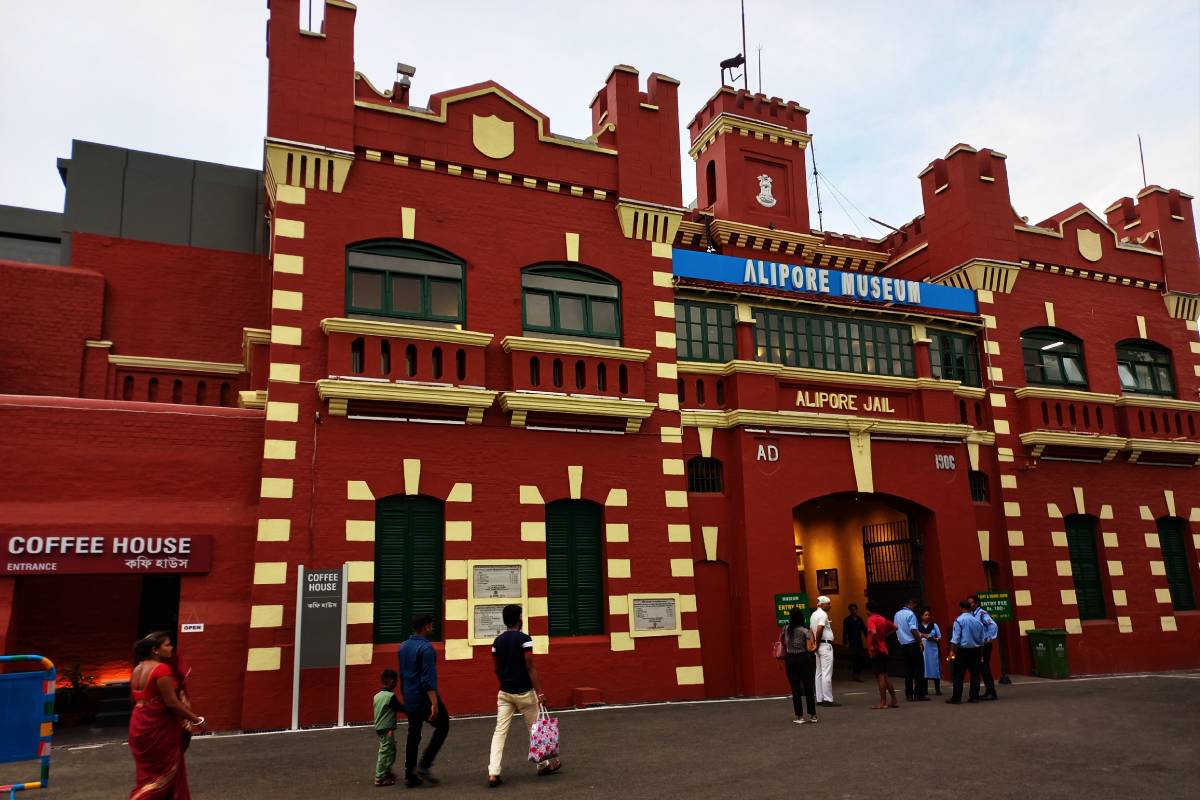
Alipore Jail Museum: Where history is kept in a freeze frame (Photo : Debanjana)
The buildings of Alipore Jail have been restored to their pristine glory with 116-year-old records, thanks to the efforts of West Bengal Housing Infrastructure Development Corporation (WBHIDCO). The museum is thrown open for general public. Partha Ranjan Das, an architect, has been in charge of the conservation efforts.
The fact that Pandit Jawaharlal Nehru, Rishi Aurobindo, Netaji Subhas Chandra Bose and Bidhan Chandra Roy were among the prominent national figures who were arrested and kept here adds to the significance of the place. The museum tells moving stories of the Indian freedom fighters. The national historical landmark located in the heart of Kolkata was officially opened on September 21 by Chief Minister of Bengal Mamata Banerjee. Since September 23, it is accessible to the general public.
The Alipore Jail Museum area consists of gallows (where many of our freedom fighters were hanged), a watch tower (from which the British jailors used to monitor the entire area), special cells (where the famous people were kept), general cells, a library, a seminar hall and a light and sound show (two shows are organised from 6:30 to 7:30 and 7:30 to 8:30), and exhibitions (one in Cell 5 and another in the Hospital Building).
Advertisement
The museum grounds also provide basic amenities like a restaurant area, coffee shop, drinking water, and restrooms. Visitors can have lunch at the food court called “Ekante Independence Kitchen.”
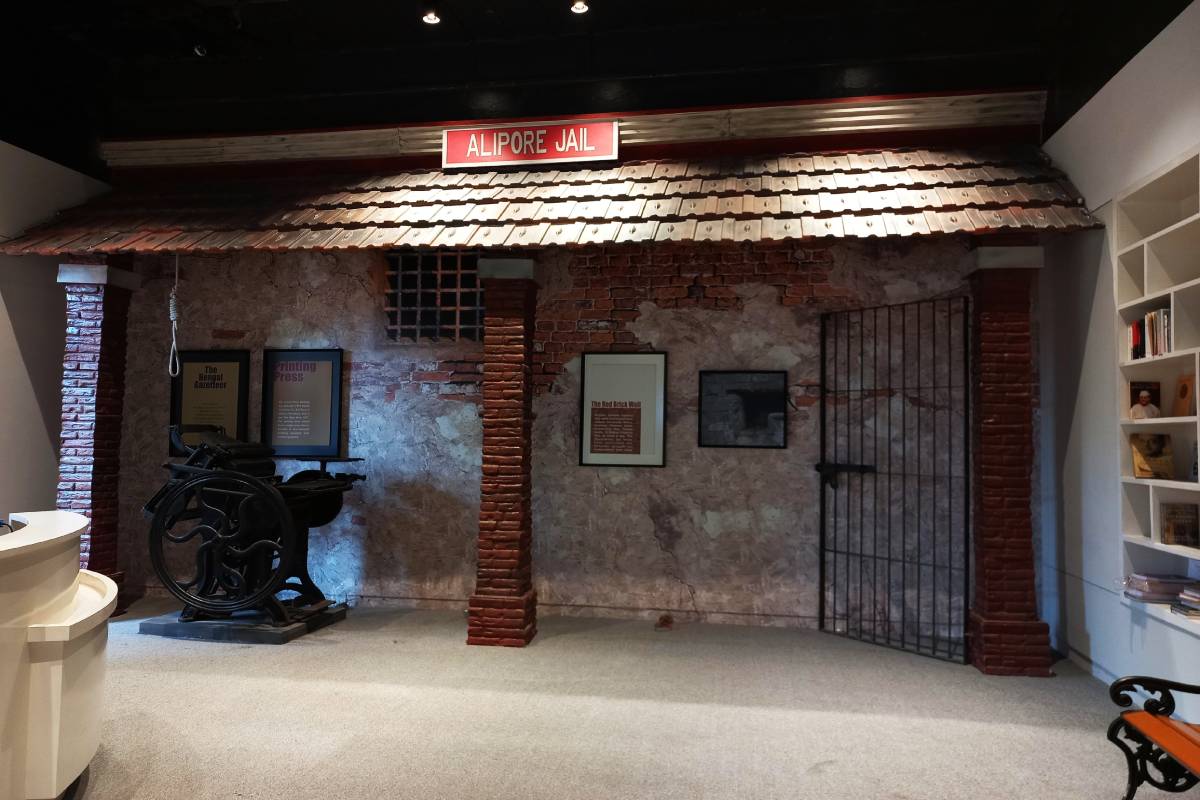
A reception desk, a recreation of the ancient cells, a map of the entire area, and India’s first printing machine are all kept in the information center, which is on the right at the entrance of the museum.
Gallows
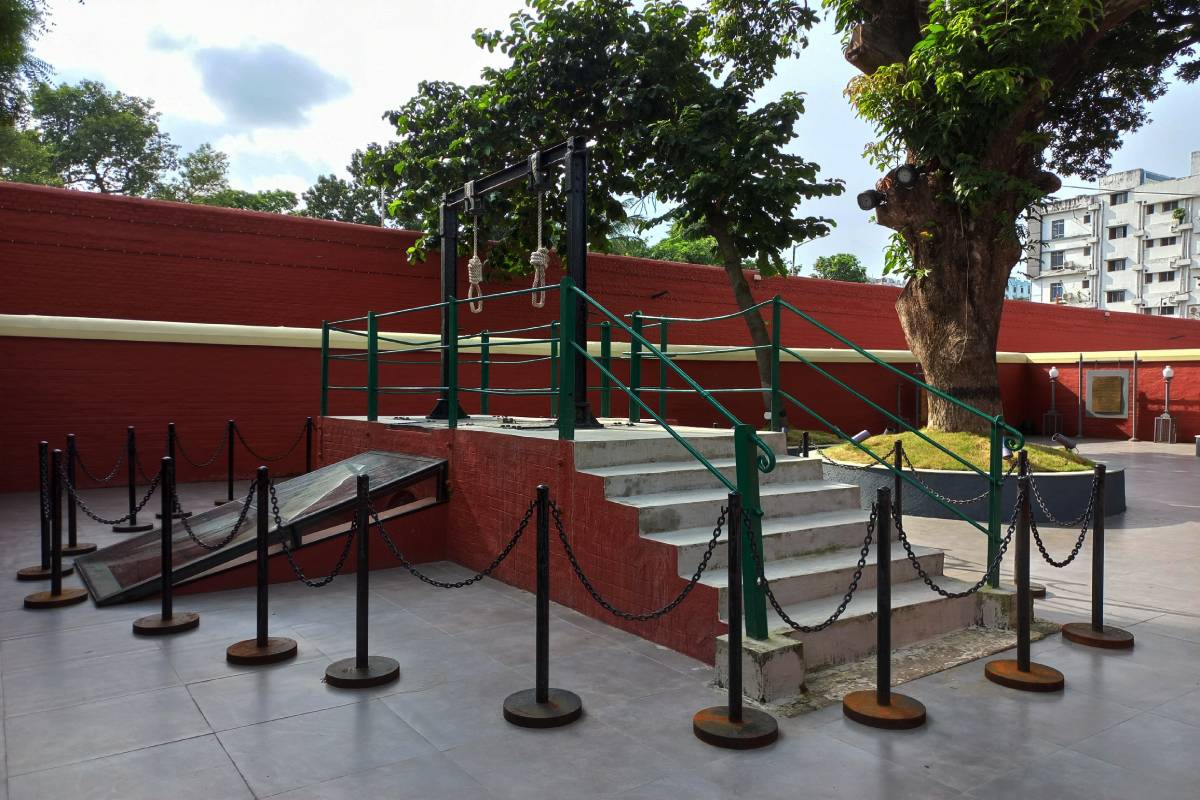
This is where execution of the inmates was carried out by hanging. Some of our greatest freedom fighters were executed here. The gallows stand on a scaffold of the yard, erected at ground level over a pit that is enclosed in a small shed of stone, with the beam resting in brackets on top.
List of martyrs
Trees as gallows
In the 19th century, the British would use trees as gallows to hang rebels and notable offenders before the modern prison invented its gallows and other tools of discipline. Fig banyan trees were frequently used. These public executions were intended to terrorise the common people in addition to punish the prisoners convicted of rebellion against the British rule. Such public atrocities were frequent during the ruthless suppression of the 1857 rebellion and afterwards.
Watchtower
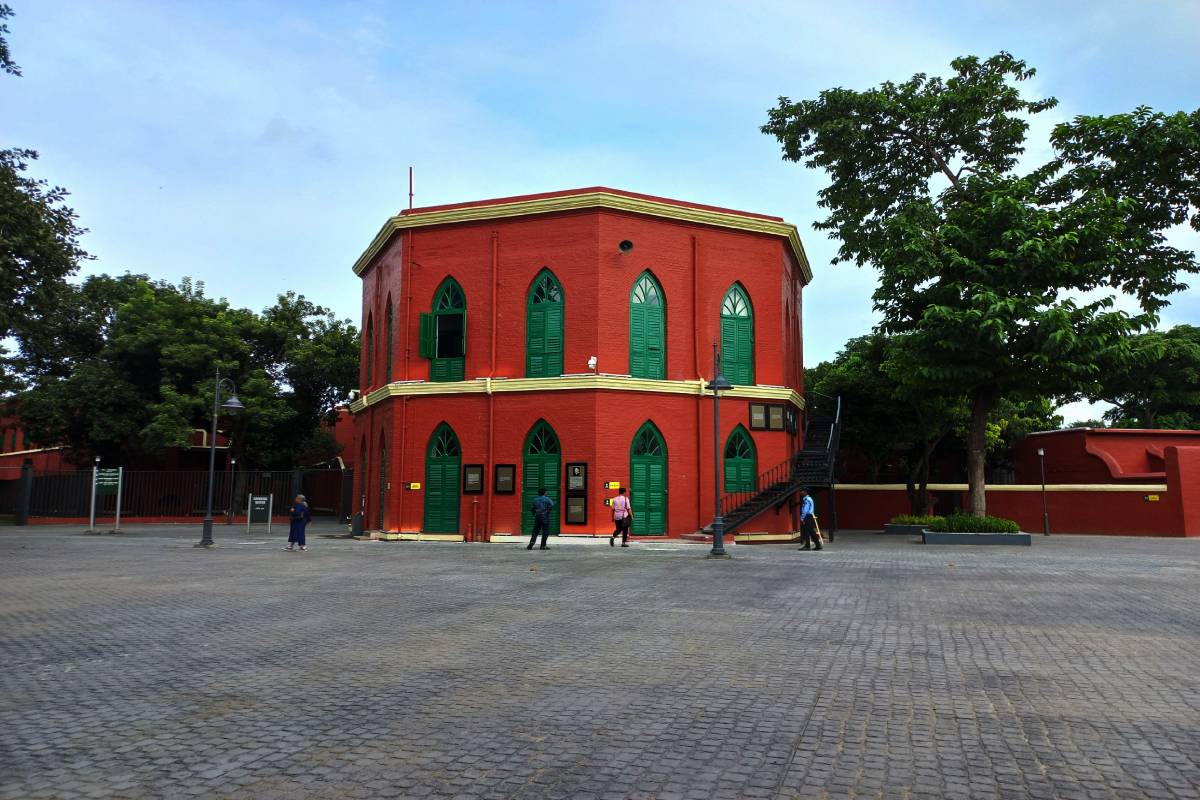
The entire jail complex can be observed from the watchtower at the Alipore Jail Museum area. The Alipore Jail held prisoners till 2019. From the time of British administration until 2019, the watchtower was used to keep an eye on the entire jail complex. The large watchtower at the centre courtyard served as a site for surveillance.
Special cells
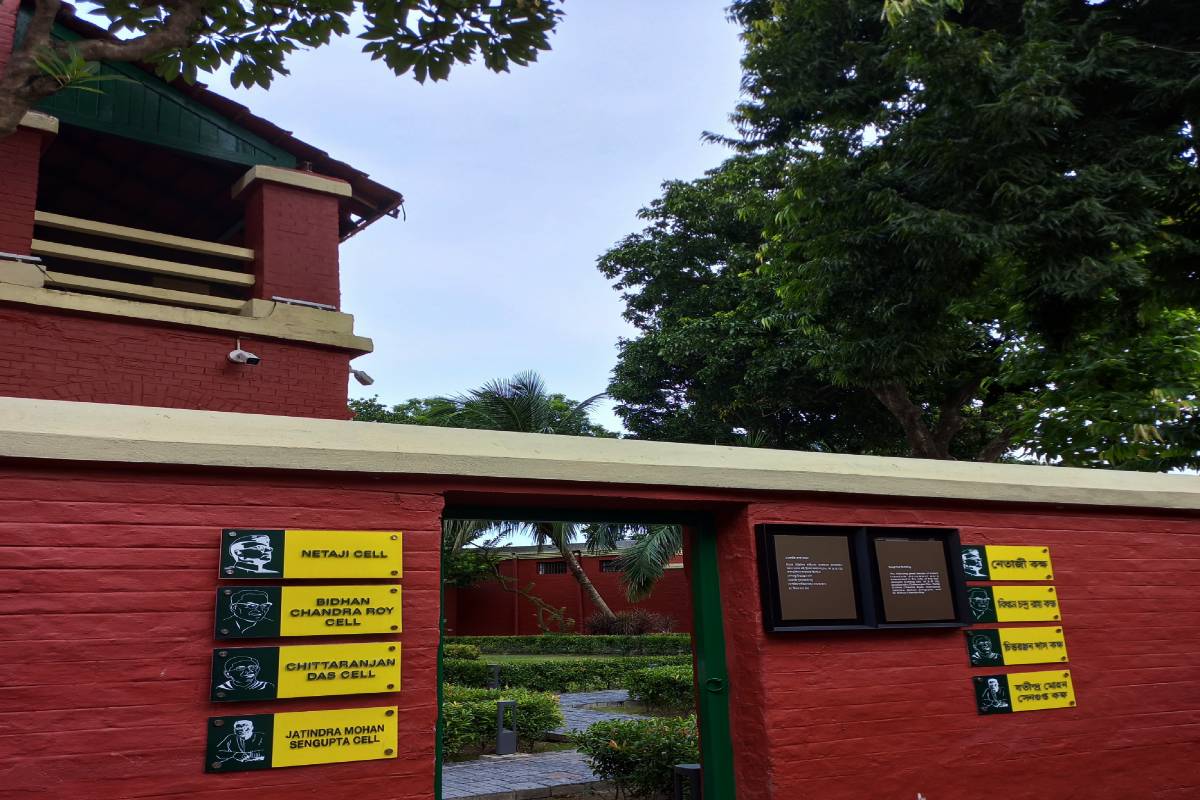
Netaji Cell, Nehru Cell, Chittaranjan Das Cell, Bidhan Chandra Roy Cell, and Jatindra Mohan Sengupta Cell are some of the special cells. In and around each of their cells are statues of Netaji, Nehru, Chittaranjan Das, and Bidhan Chandra Roy.
General cells
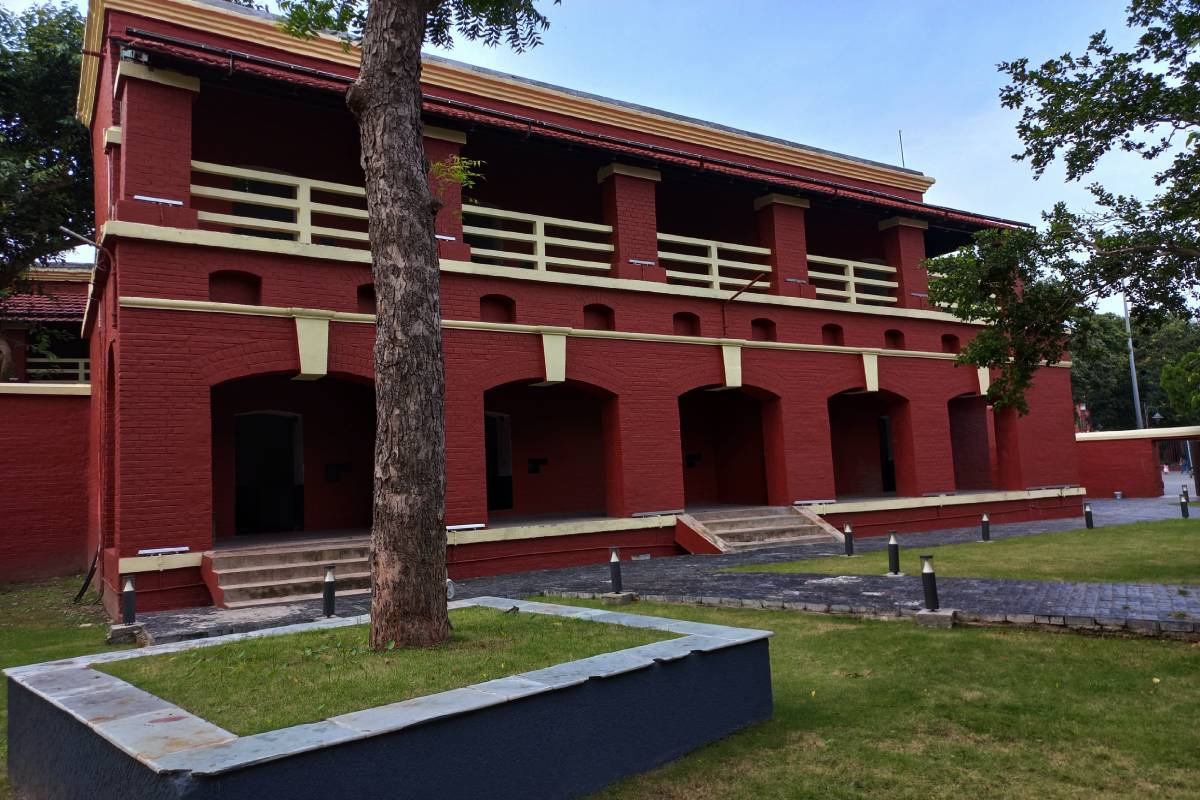
The 1850s-era cells’ internal partition walls ensured that no more than 50 prisoners could fit in each division. Separate quarters were provided for female inmates and civil prisoners. The general ward buildings were created with focus on the British system of discipline and punishment. They feature a double-story building style that resembles barracks.
Detention cells
Right in front of the gallows is the detention cells. The structure is thought to have been used to house prisoners facing the gallows so that they could see their fellow inmates being executed right in front of their eyes. This way the British thought they could rein in the freedom fighters.
Additionally, the gallows served as a motivation for revolutionaries who were still alive to divulge whatever information they might have been holding back from the British Empire. Inside a cell, Khudiram Bose’s status is created. There is also a replica of the tyrannical British jailer.
Jail canteen
The Alipore Jail canteen was established in 2009 on the initiative of certain inmates serving life sentences there as well as jail employees. Tea, coffee, soft beverages, snacks, and other fast food items could be purchased by prisoners using coupons. Direct monetary transactions were not allowed. The money made from the canteens would enable the prisoners to care for their families inside the walls of the prison. The program had the support of banks like UBI, UCO bank, RBI, and Nabard.
Jail hospital
The Alipore Central Jail Hospital has a long history. The 1900s saw the construction of Alipore Central Jail Hospital, which is located outside the jail in its walled yard. There are rumours that this is where Pt. Jawaharlal Nehru and Subhash Chandra Bose received medical care and hospitality.
For medical care, inmates from other jails in the state were frequently sent here.
Hospital Building Exhibition
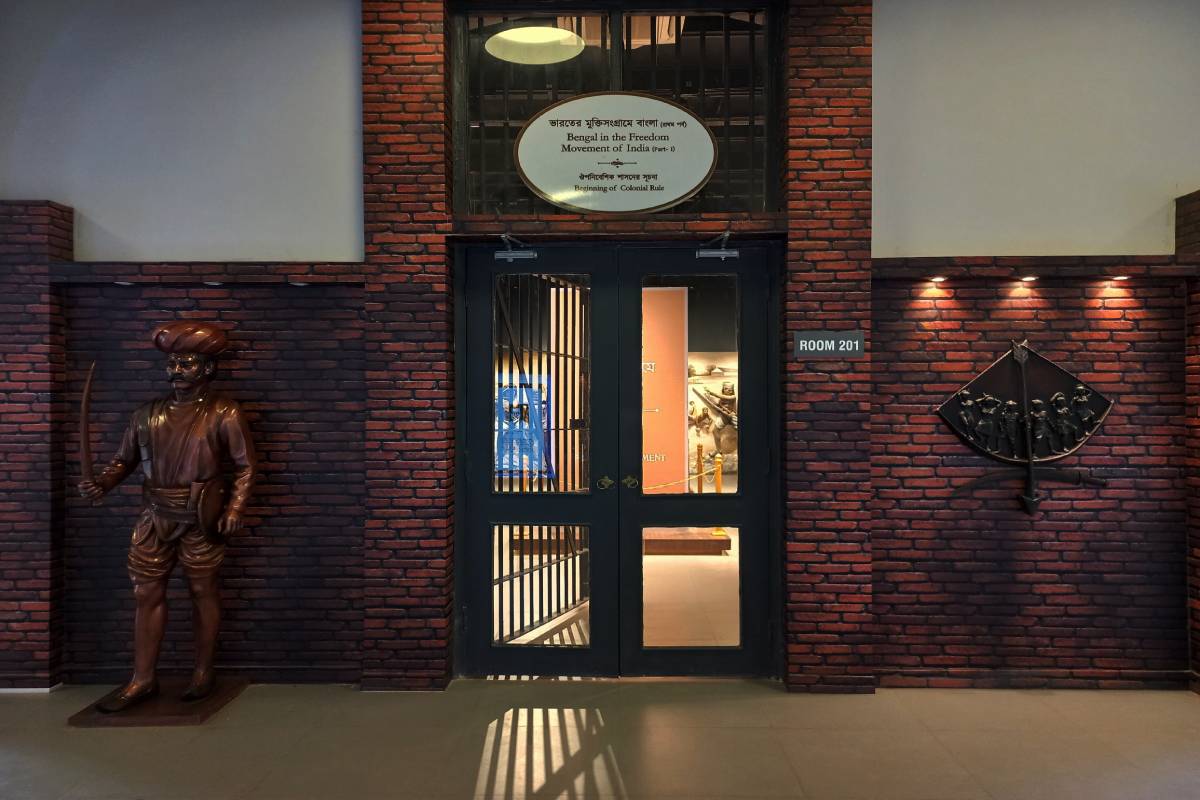
It includes exhibitions such as:
There is also a special room with comics made by artist Argha Manna, which include revolutionary stories of Dinesh Chandra Gupta, Kanailal Dutta and Satyendra Nath Bose.
Segregation ward
The Segregation ward is not currently accessible to tourists due to ongoing repairs. A small ancient Shiva temple is located there.
Art studio
The Alipore Central Correctional Home promoted art by setting up an art studio for the convicts to hone their creativity in keeping with the Correctional Home’s role as a place of redemption and progress.
Since the building is still undergoing renovations it is currently closed.
The structure of the buildings of the Alipore Central Jail reflects the colonial mindset of the rulers when it came to management of prisons. The 1838 Macaulay Committee Report on Prison Discipline mentions that prison cells and wards were meant to segregate the inmates and keep them in relative isolation. The narrow stone beds and embedded raised stone headrests at alternate orientations as seen in the general ward building were meant to prevent any interaction between two corresponding inmates.
The museum opens at 12 noon and closes at 6 pm every day, except on Monday.
The architectural style of the Alipore Central Jail is a representation of the colonial method of administering prisons. According to the 1838 Macaulay Committee Report on Prison Discipline, prison wards and cells were created to keep inmates apart and maintain a sense of relative isolation. To prevent communication between two corresponding inmates, the general ward building’s narrow stone beds and embedded elevated stone headrests were placed in various orientations.
The museum remains open from 12 noon to 6 pm on all week days except Mondays.
Advertisement